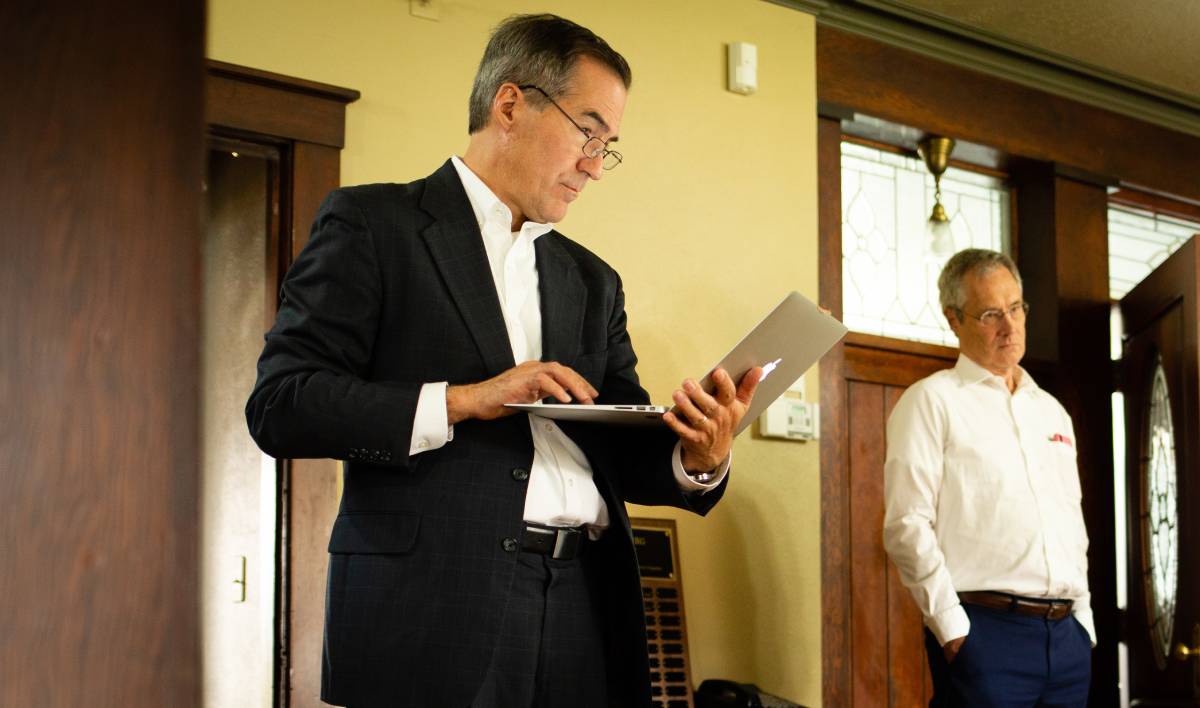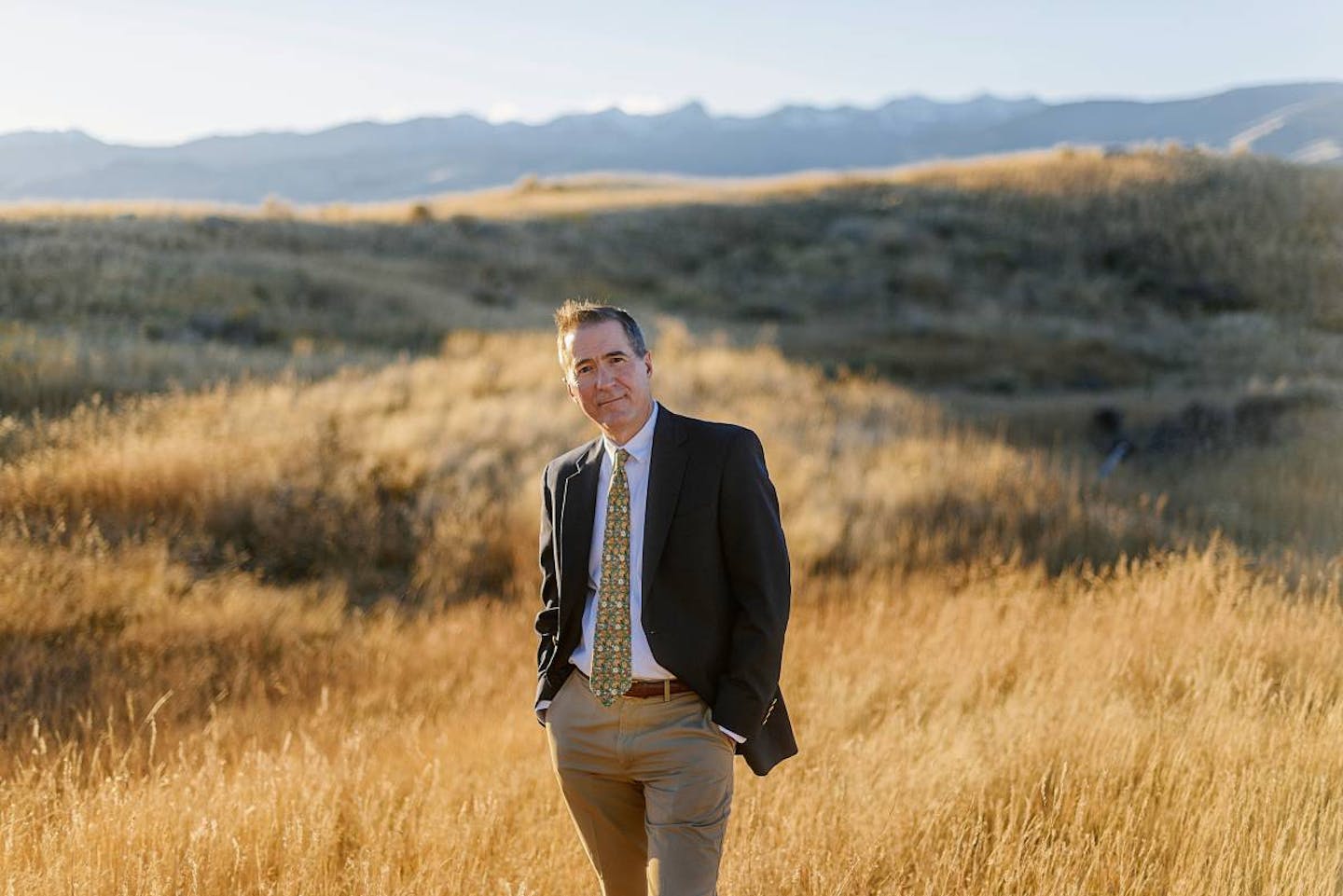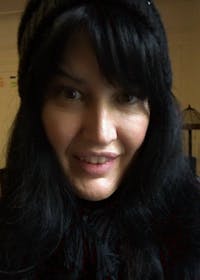Conservational Hero: Tim Preso
For Tim Preso, wilderness is not merely to be enjoyed, it also must be defended. As a teenager growing up in rural northeastern Oregon, Preso fell in love with the wilderness, with its high peaks and immense stretch of open country. After college, he worked as a newspaper reporter, who by fate, ended up covering environmental issues in central Oregon. It was during a dispute over logging in old-growth forests when he realized the power of litigation as an agent for social progress. It inspired him to go to law school with the goal of defending the environment.
Preso has now spent more than 20 years safeguarding some of our nation’s most iconic wildlife in the region. Encompassing both Yellowstone and Glacier National Parks, this has included grizzly bears and wolves, but bison conservation is where his legal career began.

Image credit: Courtesy of Earthjustice
Plains bison once roamed across North America for millions of years and are an important part of Indigenous culture, who used every part of the bison for their way of life. In the 19th century, when European colonists settled in the west, the US Army removed the Indigenous from their land by eliminating bison as their main food source. Hundreds of thousands of bison were killed. By the late 1880s, bison were nearly extinct with their numbers dwindling to two dozen individuals living remotely in the Yellowstone area. With the assistance of scientists and conservationists breeding wild bison, the population has since flourished. However, the challenge now has been keeping the bison population within the range of land where they are safe. When they roam off protected lands, they are hunted and killed.
Rewilding bison is essential for multiple reasons. Bison are vital to the health of their ecosystems because when they thrive, so does everything else on the prairie. Their hooves and eating habits efficiently prune the landscape, strengthening the roots of the native grasses in the process. This creates grasses that are greener, and the impact of the bison is so immense that it can even be seen from space detected by satellite sensors. Alternatively, when bison cannot roam, the spring season in Yellowstone shortens, resulting in the grasses losing vital nutrients. Even in death, bison play a role in helping the ecosystem thrive. When they die, their carcasses are full of seeds from grazing that grow into wildflowers and new grasses - food sources for crucial pollinators.
The nonprofit American Prairie is working to purchase and permanently hold title to private lands in order to help bison roam freely across the plains again. However, a fear that bison could transmit a disease called brucellosis to cattle, local ranchers successfully pushed to invoke a drastic county ordinance that required bison to be captured and tested. The testing was so stressful for bison that the process sometimes resulted in their death.

This is when Preso, on behalf of Earthjustice and American Prairie, intervened. He negotiated an agreement in 2021 that calls for the bison to be tested through a representative subset of its bison herd where the information is shared within the entire community. The plan Preso negotiated was a win for American Prairie and their efforts to rewild the bison population.
Since joining Earthjustice in 2000, Preso has partnered with various environmental organizations, Indigenous tribes, and private citizens and has delivered a sweeping record of conservation success stories. Today, as managing attorney of the Biodiversity Defense Program, he is recognized as an expert in public lands, wildlife, and natural resources law. His work has helped preserve millions of acres of public lands and protect the biodiversity contained within.



